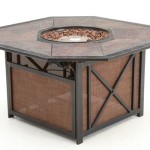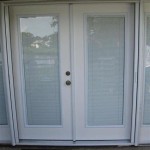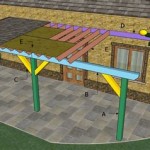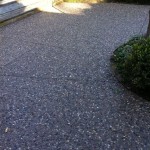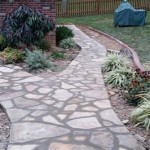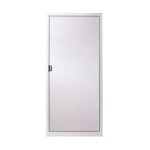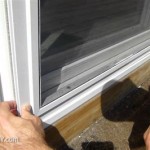Wood for Patio Decks: Essential Considerations for Durability and Aesthetics
Creating a stunning outdoor living space requires careful consideration of the materials used. When it comes to patio decks, wood remains a popular choice due to its natural beauty, warmth, and durability. Selecting the right type of wood for your deck is crucial to ensure longevity, ease of maintenance, and a harmonious blend with your outdoor décor.
Durability: A Key Factor
The durability of a wooden deck is of paramount importance. Exposure to the elements, including UV rays, rain, and fluctuating temperatures, can take a toll on the wood over time. Opting for decay-resistant woods, such as redwood, cedar, or cypress, is wise. These species possess inherent resistance to rot, insects, and decay, ensuring a long-lasting deck.
Pressure-treated lumber is another excellent choice for patio decks. This wood undergoes a process that infuses it with chemicals to enhance its resistance to decay, insects, and moisture. As a result, pressure-treated lumber offers exceptional durability, making it a popular option for decks exposed to harsh weather conditions.
Aesthetic Appeal: Matching Your Style
Beyond durability, the aesthetic appeal of the wood plays a significant role in the overall ambiance of your patio. The grain patterns, color, and texture of the wood can complement or contrast with your outdoor décor, creating a unique and inviting atmosphere.
Redwood, with its rich reddish-brown hue and pronounced grain patterns, provides a warm and rustic appeal. Cedar's natural resistance to insects and decay makes it an ideal choice for those seeking a low-maintenance option with a beautiful reddish-brown color.
For a more modern and elegant look, Ipe or teak are excellent options. These exotic hardwoods offer exceptional durability and a sophisticated appearance, adding an air of luxury to your outdoor space.
Maintenance Considerations: Keeping Your Deck Vibrant
Regular maintenance is essential to preserve the beauty and longevity of your wooden deck. Different wood species require varying levels of maintenance, so it's crucial to consider the upkeep involved before making your selection.
Less maintenance-intensive options include composite decking made from a blend of wood fibers and plastic materials. Composite decking offers the durability and low maintenance of plastic while retaining the natural look of wood.
If you prefer the natural beauty of real wood but are willing to invest more in maintenance, hardwoods such as Ipe and teak require less frequent cleaning and sealing than softer woods like pine.
Additional Considerations: Environmental Sustainability
In today's eco-conscious world, the environmental sustainability of your deck materials is worth considering. Some wood species, such as bamboo and reclaimed wood, offer sustainable alternatives to traditional hardwoods.
Bamboo is a rapidly renewable resource that can grow in a few years, making it an environmentally friendly choice. Reclaimed wood provides a unique and sustainable option by reusing old wood from demolished structures, reducing landfill waste.
By choosing sustainable wood options, you can create a beautiful and durable patio deck while minimizing your environmental impact.

The Best Wood To Use For Building A Deck Bob Vila
:max_bytes(150000):strip_icc()/DIYbackyardrebuiltdeck-58ee72d15f9b582c4dc736e0.jpeg?strip=all)
8 Beautiful Easy Diy Backyard Decks

Decking Materials At Com

Outdoor Deck And Patio Ideas Aspen Designs

How To Build A Wooden Patio Deck Blog George Hill Timber

Natural Stone Vs Wood Deck Which Is The Best For Patio Area

Best Wood For Decks It S Not At All Timbertech

15 Dazzling Hardwood Deck Design Ideas For Gardeners

How You Can Build A Wood Deck Over Concrete Porch

Best Decking Material Wood Vinyl Or Composite Deck Options

